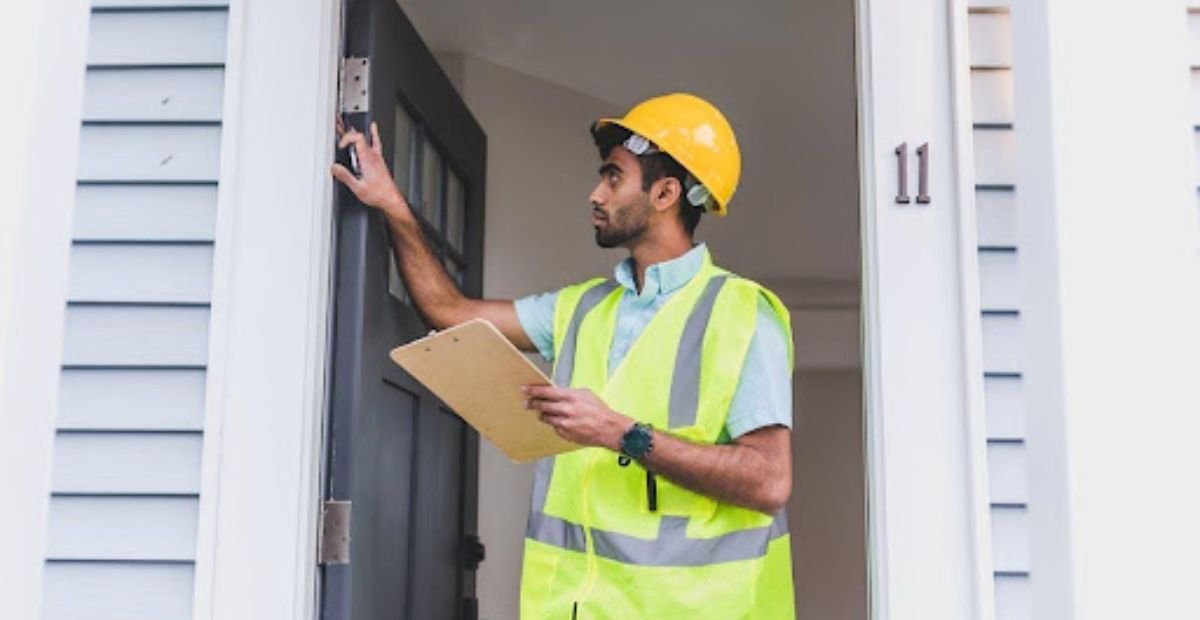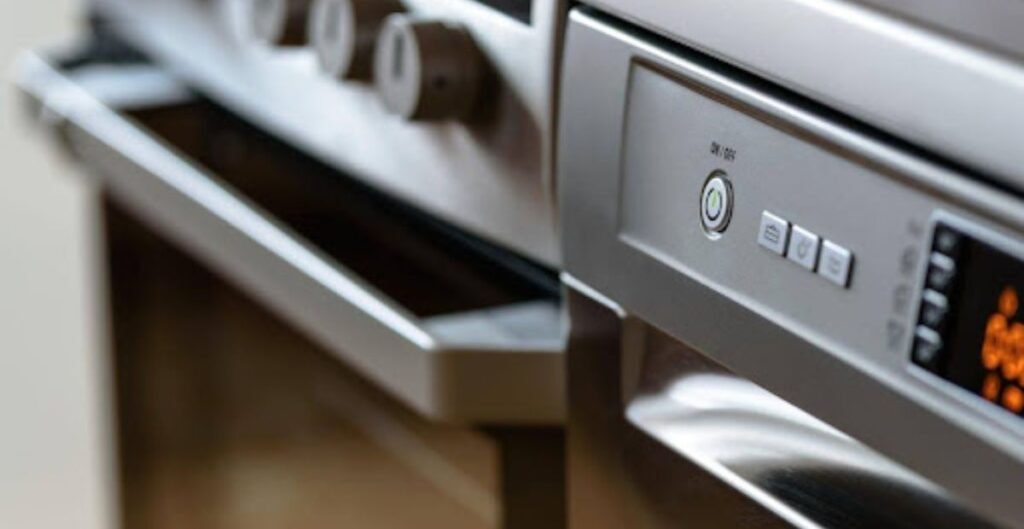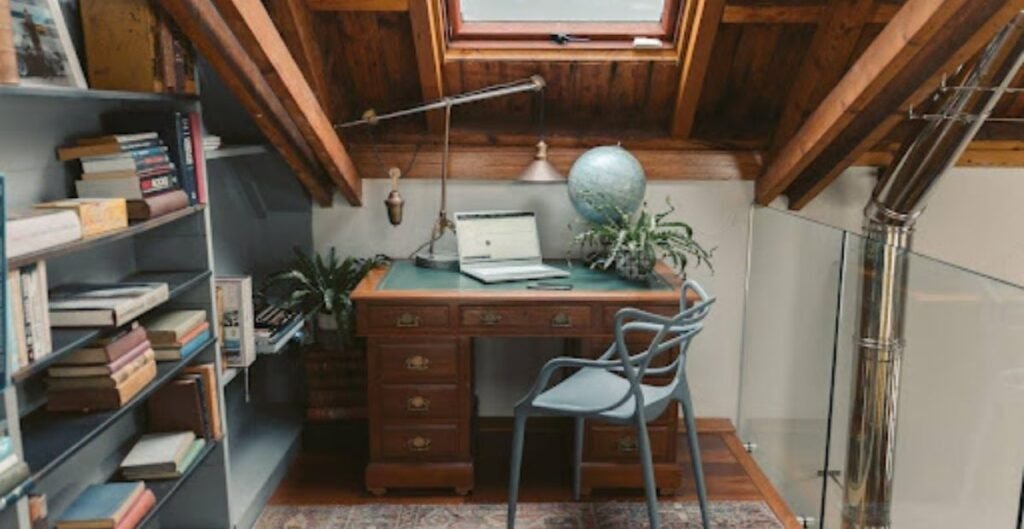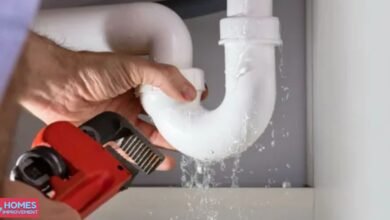The Hidden Home Issues You’ll Only Discover After Moving In — and How to Spot Them Early

You’ve finally made it through the home-buying process—inspections done, papers signed, boxes unpacked. Everything should be smooth sailing, right? Not so fast. As many homeowners quickly learn, some issues only reveal themselves after you’ve lived in the house for a while. From odd plumbing quirks to mysterious drafts, these hidden problems can be frustrating and costly if overlooked. While it’s nearly impossible to catch every problem before moving in, you can learn to spot many red flags early. The trick lies in knowing where to look, what to ask, and when to trust your instincts. Learn all about the most common hidden home issues new homeowners face and discover practical ways to uncover them before they catch you off guard.
Hidden Home Issues: Mysterious Odors That Linger
It’s not uncommon for a home to have a slight “lived-in” scent. But if the smell persists, especially after a thorough cleaning, it might point to hidden mould, mildew, or poor ventilation. These odours often come from places you don’t immediately think to inspect—like inside walls, crawl spaces, or attics. During a showing, open cabinets under sinks, sniff around closets and don’t ignore your nose. A quick whiff today could save you from long-term damage tomorrow.
Remodeling Surprises and Hidden Costs
You might be dreaming of a simple kitchen update or opening up that cramped hallway, only to discover hidden pipes, electrical work, or structural challenges that complicate your plans. Once the walls come down, what lies behind can significantly impact your budget. These unexpected complications are why home remodel costs can quickly balloon beyond the initial estimate. If you’re considering renovations after your move, build in a healthy contingency to cover these surprises.
Outdated Appliances That Sneak Up on You
At first glance, the kitchen may look modern and functional, but once you start cooking, you realize the oven heats unevenly, or the dishwasher barely works. Sellers often stage homes with appliances intact, but that doesn’t mean they’re in great condition. Before moving in, ask about warranties, service history, and whether the appliances are being sold “as is.” A quick test run can help you avoid unexpected costs right after moving in.

Caption: Sellers often stage homes with appliances intact.
Questionable Electrical Wiring
You flip the switch, and the lights come on—everything seems fine. But once you start plugging in your appliances and setting up your life, you may notice tripped breakers or flickering lights. Outdated wiring or overloaded circuits are problems that can easily go undetected unless you do a detailed electrical inspection. Ask the seller about the age of the electrical system and consider bringing in a licensed electrician before closing, especially for older homes.
Unseen Water Damage and Moisture Problems
One of the most expensive surprises for new homeowners is water damage. It often hides behind fresh paint or under rugs and can go unnoticed during a standard walkthrough. After moving in, you might find soft spots in floors, discoloured ceilings, or bubbling paint—signs that water has made its way inside. Before buying, check for rust around water heaters, stains on basement walls, and warped wood in bathrooms. These are subtle signs that moisture might be an issue.
Plumbing Problems That Creep Up Slowly
Your sinks and toilets may work just fine at first glance, but plumbing issues can take weeks to reveal themselves. Low water pressure, slow drains, and occasional leaks are all signs of bigger problems behind the scenes. Before purchasing, run every faucet and flush every toilet. Take a moment to listen for strange noises in the pipes and watch how quickly water drains. Don’t shy away from asking when the plumbing was last updated.
Inconsistent Temperatures in Different Rooms
After a few weeks in your new home, you may notice that one room is always too cold while another feels like a sauna. This uneven heating or cooling could be due to poorly insulated walls, leaking ductwork, or an ageing HVAC system. It’s something you often won’t notice until you’ve spent a few days inside. During your pre-purchase visits, check the airflow in each room and ask about the age and maintenance of the furnace and air conditioner.
Pest Infestations Hiding in Plain Sight
Pests such as bugs and rodents are masters of concealment. They rarely show themselves during a showing, but the signs are there if you know what to look for. Droppings in basement corners, gnawed wood, or small holes in walls can indicate a problem. Even if a home looks spotless, it doesn’t mean there isn’t an issue lurking beneath the surface. After moving in, if you hear scratching in the walls or find trails of ants, you’ll wish you’d done a more thorough inspection.
Foundation Cracks and Structural Concerns
Hairline cracks in the foundation are fairly normal in most homes, but wider gaps or slanted floors can point to serious structural concerns. These issues may not affect your daily life immediately, but they can become major problems over time. You might not spot them during a casual tour, so bring a flashlight and take a close look at the basement walls and floors. Uneven door frames or windows that don’t close properly can also signal settling or shifting beneath the home.
Roofing and Attic Oversights
Your roof may look perfectly fine from the driveway, but what’s going on underneath can be another story. After a few rainy days, you might spot stains on the ceiling or leaks around vents. Likewise, poor attic ventilation can lead to moisture buildup and mould. Don’t hesitate to ask about the age of the roof and request photos or reports if the attic wasn’t part of your initial walkthrough. A professional roof inspection is often worth the extra cost.

Caption: Underneath the roof, you might find hidden home issues.
Drainage and Grading Problems
It’s easy to overlook how water moves around a home’s exterior. However, poor grading or clogged gutters can result in serious water intrusion, especially in basements. After moving in, you may find pooling water near the foundation or discover that your yard becomes a swamp after heavy rain. When evaluating a property, take note of slope direction, inspect downspouts, and look for signs of erosion near the foundation. These small clues can help prevent a soggy future.
Undetected Noise Pollution
You might fall in love with a home during a quiet afternoon showing, only to discover that the nearby train tracks or flight paths keep you up at night. Noise pollution is one of the most annoying surprises and can seriously affect your quality of life. If possible, visit the home at different times of the day and on weekends. Talk to neighbours about traffic patterns and enquire whether they need to use some soundproofing materials during the day. What seems peaceful at first could be anything but.
Final Thoughts: Take Your Time With The Inspection
Buying a home is an exciting milestone, but even the most beautiful property can have hidden home issues and costly surprises. While no house is perfect, learning how to identify these issues early can save you time, money, and stress in the long run. Don’t rush through inspections or skip important questions during the buying process. Trust your senses, do your homework, and when in doubt, call in a professional. By being proactive and observant, you’ll enter your new home with confidence and fewer unwelcome surprises. After all, peace of mind is one of the best housewarming gifts you can give yourself.
If you need more information, click on this link.





